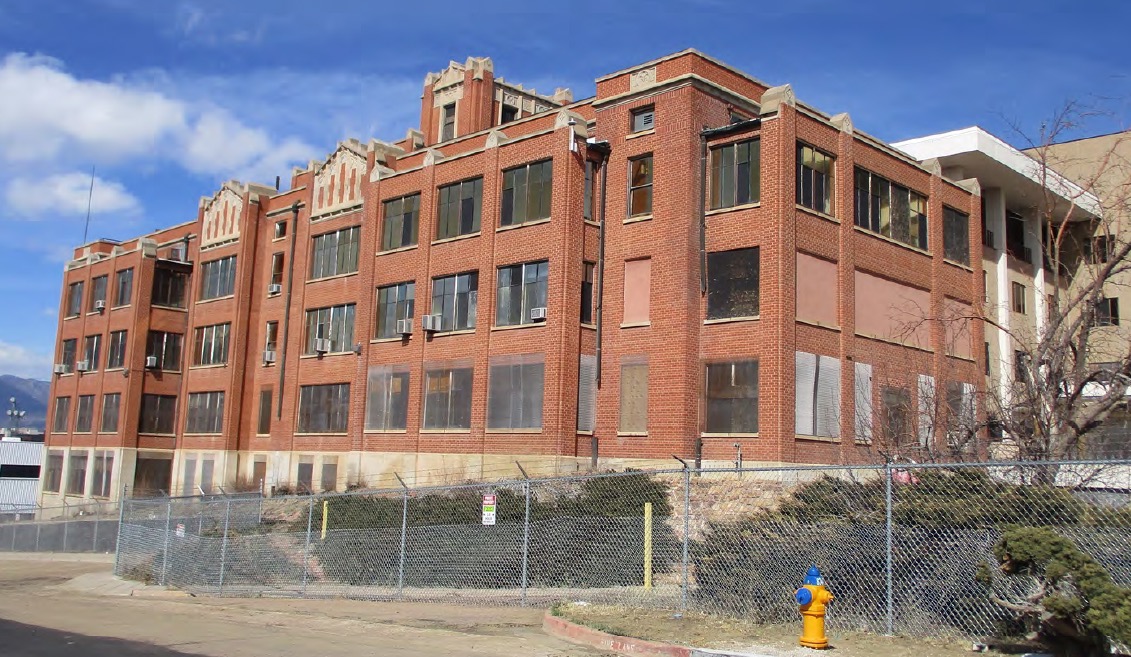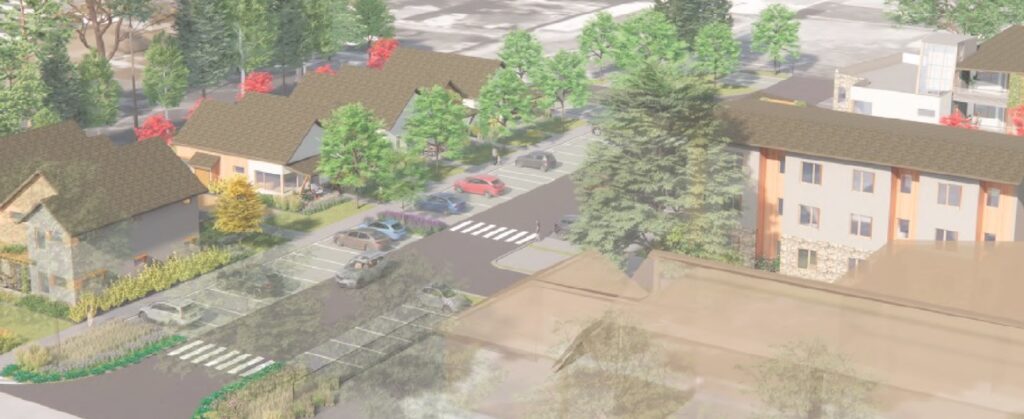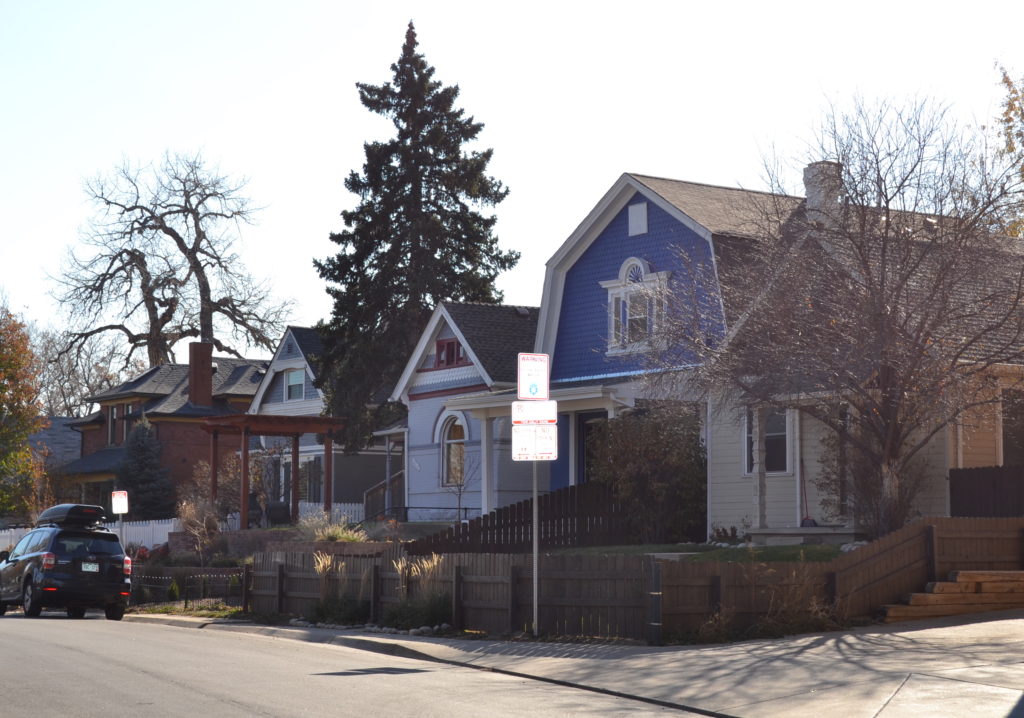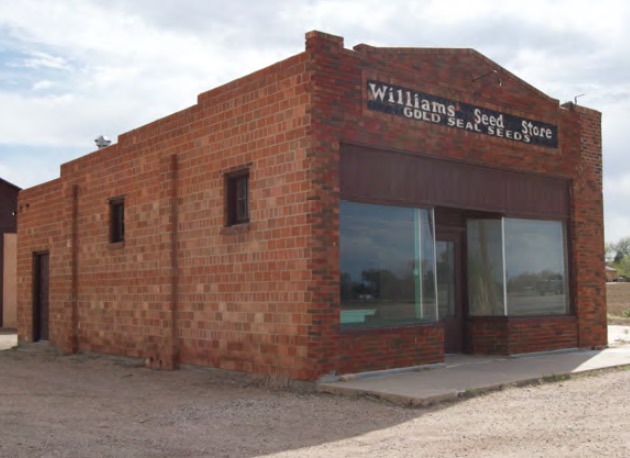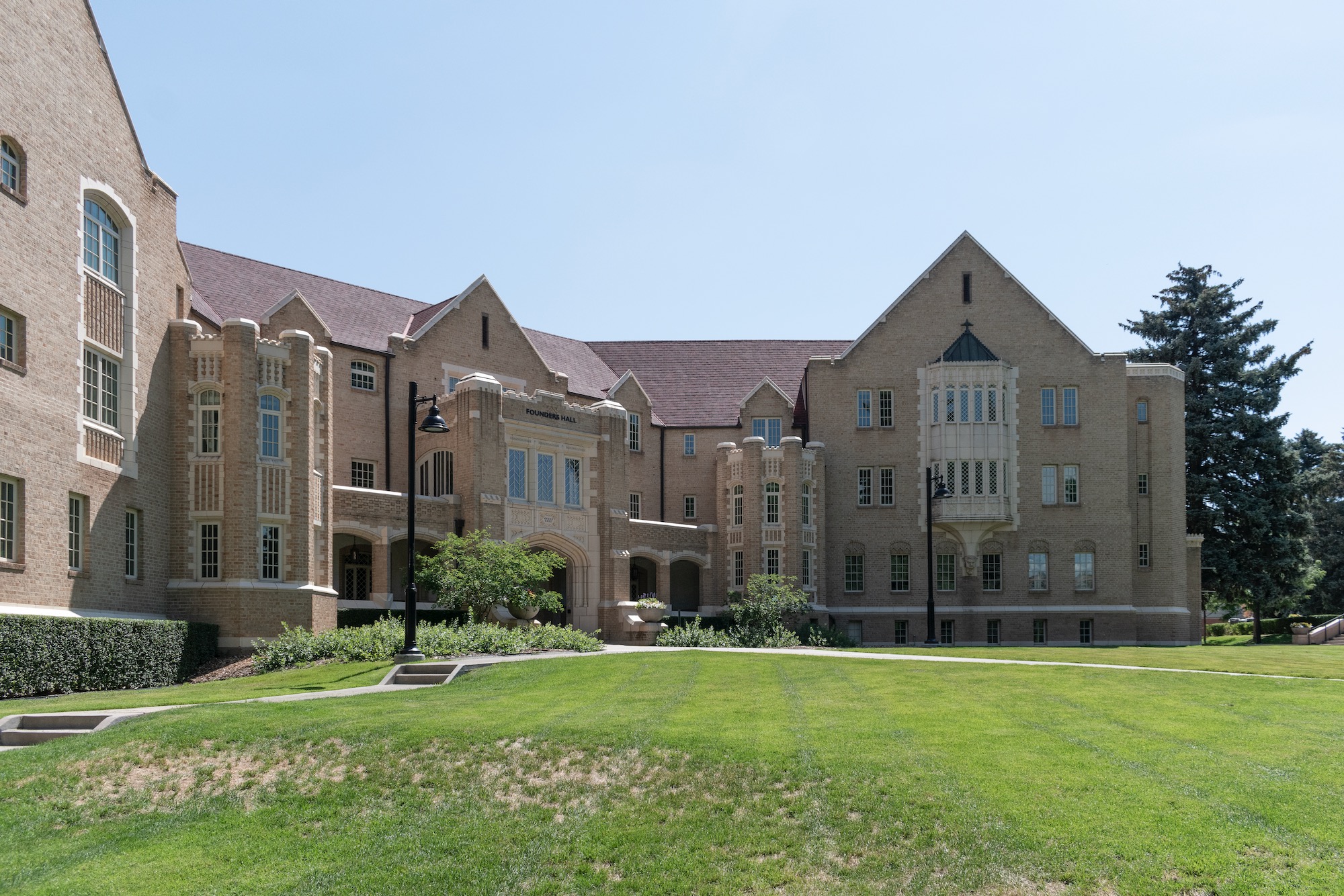SECTION 106 OF THE NATIONAL HISTORIC PRESERVATION ACT
This HUD-funded undertaking involved the new construction of multi-family housing on a vacant parcel of land within a densely developed area. Within the APE, 32 resources were identified that were older than 50 years of age and required individual comprehensive evaluations for National Register eligibility. The SHPO concurred with all field determinations of eligibility made by Miniello Consulting, and two of the properties were determined to be eligible:
The St. Francis Hospital and Sanatorium/St. Francis Health Center was found to be eligible under Criterion A for association with the Sisters of St. Francis and their impact on early Health/Medicine in Colorado Springs and the surrounding area, as well as Criterion C for embodying the International and Collegiate Gothic architectural styles.
Additionally, Hose Company No. 4 was found to be eligible under Criterion A for association with the early history of the Colorado Springs Fire Department.
 This project involved the new construction of 40 housing units for homeless young adults. The project site consisted of several lots on a city block that included an asphalt parking lot and an historic house which would be directly impacted by the undertaking, resulting in an adverse effect. Extensive coordination with the client and consulting parties resulted in the decision to move the house to a different location within the same setting and the development of a Memorandum of
This project involved the new construction of 40 housing units for homeless young adults. The project site consisted of several lots on a city block that included an asphalt parking lot and an historic house which would be directly impacted by the undertaking, resulting in an adverse effect. Extensive coordination with the client and consulting parties resulted in the decision to move the house to a different location within the same setting and the development of a Memorandum of 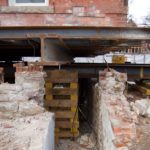 Agreement. Mitigation included local landmarking of several properties on the block, Level II Historic Resource Documentation (per OAHP guidance), archaeological monitoring of the parking lot excavation, and photography of the house move for an interpretive display at the local library. In addition to 106 services, Miniello Consulting provided key parts of the mitigation stipulations and performed the NEPA review.
Agreement. Mitigation included local landmarking of several properties on the block, Level II Historic Resource Documentation (per OAHP guidance), archaeological monitoring of the parking lot excavation, and photography of the house move for an interpretive display at the local library. In addition to 106 services, Miniello Consulting provided key parts of the mitigation stipulations and performed the NEPA review.
As a sub consultant for David Evans and Associates, Miniello Consulting prepared an Historic Cultural Resource Survey Report and a Determination of Effects and Historic Section 4(f) Report for a proposed Colorado Department of Transportation undertaking that consisted of identifying solutions and improvements for the numerous deficiencies at intersections along Vasquez Boulevard in Commerce City. Within the Area of Potential Effects (APE), 25 properties were identified, 14 of which were at least 45 years of age. None of the properties were previously listed in or determined eligible for listing in the National Register of Historic Places; the report resulted in the identification of two properties determined to be eligible for listing in the National Register. The project resulted in a finding of no historic properties affected. The most challenging aspects of the project were working through lengthy delays imposed by COVID, as well as a host of scope revisions that significantly reduced the project’s APE and properties requiring evaluation in the final deliverables.
This HUD-funded undertaking involved the rehabilitation of a large-scale apartment property with numerous buildings constructed in 2002 on the site of the former Northern Dairy Company. One building from the dairy era remains and is used as the leasing office. Originally, the one-story brick building with a unique stamp was constructed in 1935 and used as the dairy company’s retail store, selling milk, butter, cottage cheese, 20 flavors of ice cream, and sherbet. The building was determined to be eligible for listing in the National Register under Criterion C as an example of an Early Twentieth Century Commercial architecture.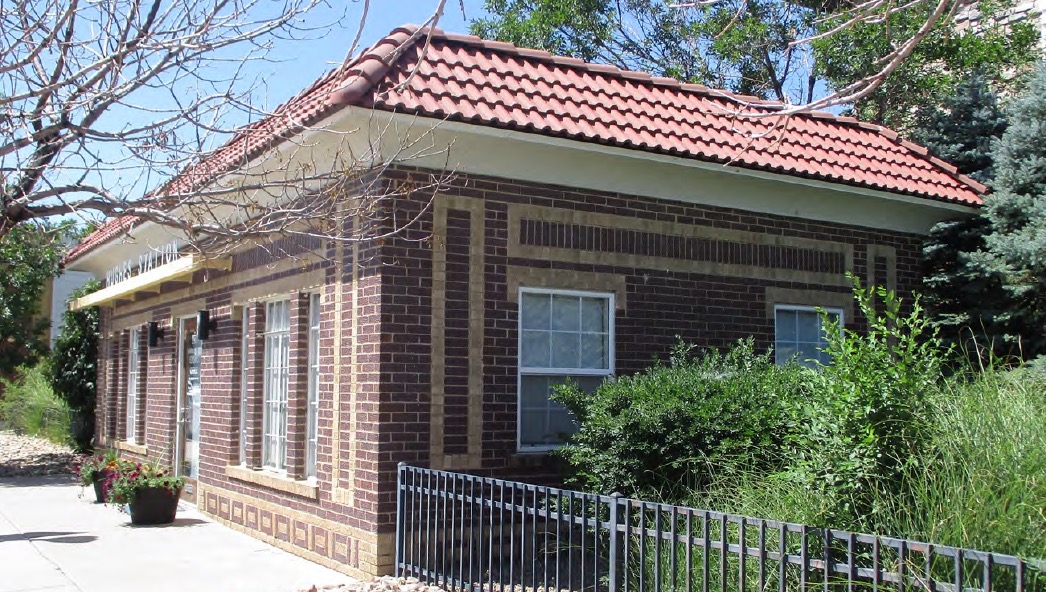
ENVIRONMENTAL REVIEW AND MANAGEMENT
Developed by the Broomfield Housing Authority, this HUD-funded project involves the construction of three multi-family buildings of varying heights and footprints with a total of 40 affordable units. Designed as a neuro-diverse community, the homes and programming were thoughtfully planned specifically to support residents with intellectual and developmental disabilities (I/DD). Miniello Consulting completed all studies and delivered a Finding of No Significant Impact to the client.
The first and second phases of this undertaking utilized HUD funds to assist the Delta Housing Authority with the construction of multi-family housing. The first phase involved the construction of a two-story building on vacant land south of downtown Delta and provided 50 affordable one-bedroom units to senior citizens. The second phase involved the development of the southern portion of the same property with a pair of three-story multi-family buildings offering a total of 50 affordable units. Miniello Consulting performed all aspects of the Environmental Assessments for Phase I in 2021 and Phase II in 2024, both of which resulted in a Finding of No Significant Impact.
This undertaking proposed the use of HUD funds to assist Habitat for Humanity of Metro Denver with the acquisition of a property near downtown Golden and the development of a four-story building with 40 affordable for-sale condominiums. The homes will be sold to essential workforce members in the community. Miniello Consulting performed all aspects of the Environmental Assessment, and a Finding of No Significant Impact was issued by the Responsible Entity.
 This undertaking involved the proposed construction of an open-air amphitheater along the north bank of Mann Nyholt Lake in Riverdale Regional Park. In order to determine impacts to the floodplain and wetland, the 8-Step Decision Making Process was undertaken. Ultimately, mitigation measures were required for floodplains and wetlands and the Environmental Assessment resulted in a Finding of No Significant Impact.
This undertaking involved the proposed construction of an open-air amphitheater along the north bank of Mann Nyholt Lake in Riverdale Regional Park. In order to determine impacts to the floodplain and wetland, the 8-Step Decision Making Process was undertaken. Ultimately, mitigation measures were required for floodplains and wetlands and the Environmental Assessment resulted in a Finding of No Significant Impact.
LOCAL LANDMARK DESIGNATIONS
The Cadillac Service Building at 1090 Cherokee Street was designated in 2022 as a Denver Landmark. The property is an example of Late 19th and Early 20th Century American Movements: Chicago Style architecture and was designed by the prominent Denver architectural firm Fisher & Fisher. Upon completion in 1921, the service building was state-of-the-art and offered a comprehensive menu for Cadillac customers, including a service salesroom and departments for quick service, repairs, painting, and trimming. Each department had a wash rack to ensure that, no matter the level of service, customers would drive away with a clean car. Customers driving to the building were admitted by a doorman through electric drive-in doors, while another entrance allowed access by foot. An electric automatic elevator provided customer access to all floors, and customers were provided with a dedicated telephone line, while an internal phone system, gravity tubes, and speaking tubes connected various departments.
River Drive Historic District is located on West River Drive in the Jefferson Park Neighborhood, one of the oldest established residential areas of Denver. The 17 extant properties that comprise the district were part of the 1881 River Front Addition to the Town of Highlands and represent some of the city’s oldest building stock in a rare surviving and intact portion of the original neighborhood.
Set on a bluff overlooking the South Platte River and downtown, the district was originally home to a number of working-class residents, many of whom were employed by some of the city’s earliest and most influential industries within walking distance or a short streetcar ride away. The district exhibits a high level of physical integrity, and several architectural styles and building types are present among the small number of properties. They include the Terrace Type, Queen Anne, Gable Front, Dutch Colonial, and Foursquare.
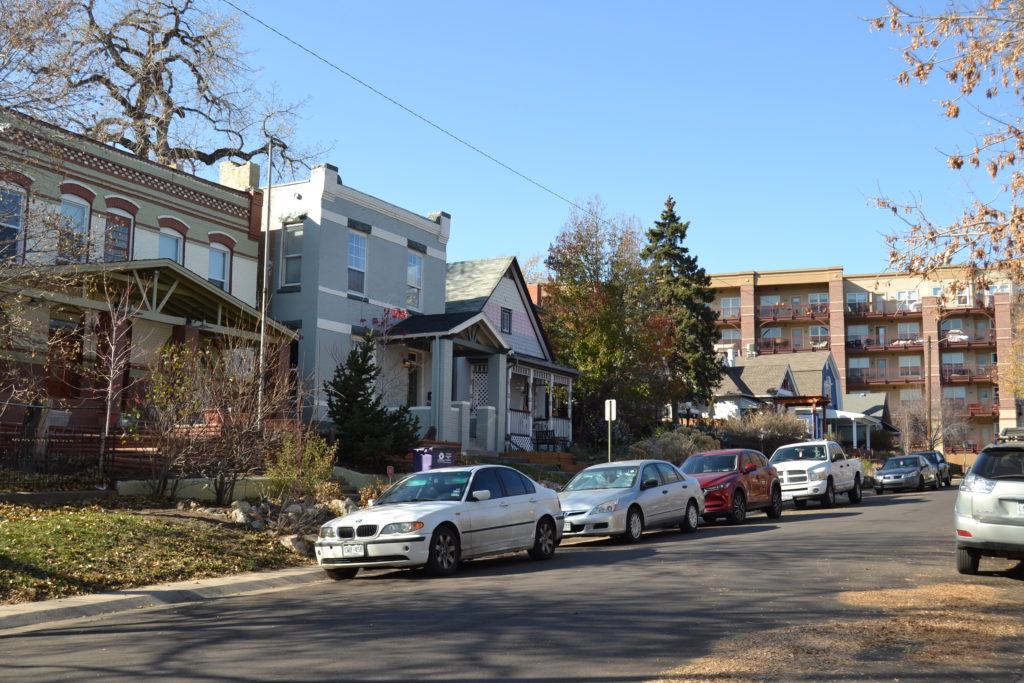
Miniello Consulting prepared the application for the property owners with financial assistance from Historic Denver Inc.’s Action Fund. The district was officially designated in 2019. It is notable for having a direct association with the historical development of the city, embodying distinguishing characteristics of an architectural style, and promoting understanding and appreciation of the urban environment by means of distinctive physical characteristics or rarity. You can read about the designation here:
NATIONAL & STATE REGISTER NOMINATIONS
Williams Seed Store and Farm was listed in the Colorado State Register in 2024. Located in an area of Pueblo that was historically rural, it played an important role in the areas of Agriculture, Commerce,and Ethnic Heritage. It is representative of a truck farm and seed store business that was founded, owned, and operated by Italian immigrants who catered to the Pueblo community for 87 years.
Miniello Consulting partnered with Virginia-based Roam Consultants in preparing the National Register district nomination for Colorado Woman’s College in Denver (boundary increase for the previously listed Treat Hall). The district was listed in 2023 under Criterion A for its significance in Education and Social History – Women’s History. It is also listed under Criterion C for its significance in architecture, with excellent examples of Collegiate Gothic and Modern Movement styles. The district boundaries encompass seven contributing buildings, one contributing site, one contributing object, and three noncontributing objects.
The Kingsbury-Doak Farmhouse is listed in the National Register of Historic Places under Criterion C. The land on which the farmhouse is located was settled c.1860 with the construction of the original, smaller farmhouse. The larger addition to the house, built in 1882-1883, is an excellent example of the Italianate architectural style and boasts several unique features. Several outbuildings remain on the property and contribute to the overall setting and significance of the farmhouse.
The Mountain View Hotel is listed in the National Register of Historic Places under Criterion A. The hotel, built c. 1906, was an integral part of the settlement of the Centennial Valley in Wyoming. With strong ties to mining, railroad, and early tourism endeavors, the building has remained in service in numerous income-producing capacities for the past 100 years.

